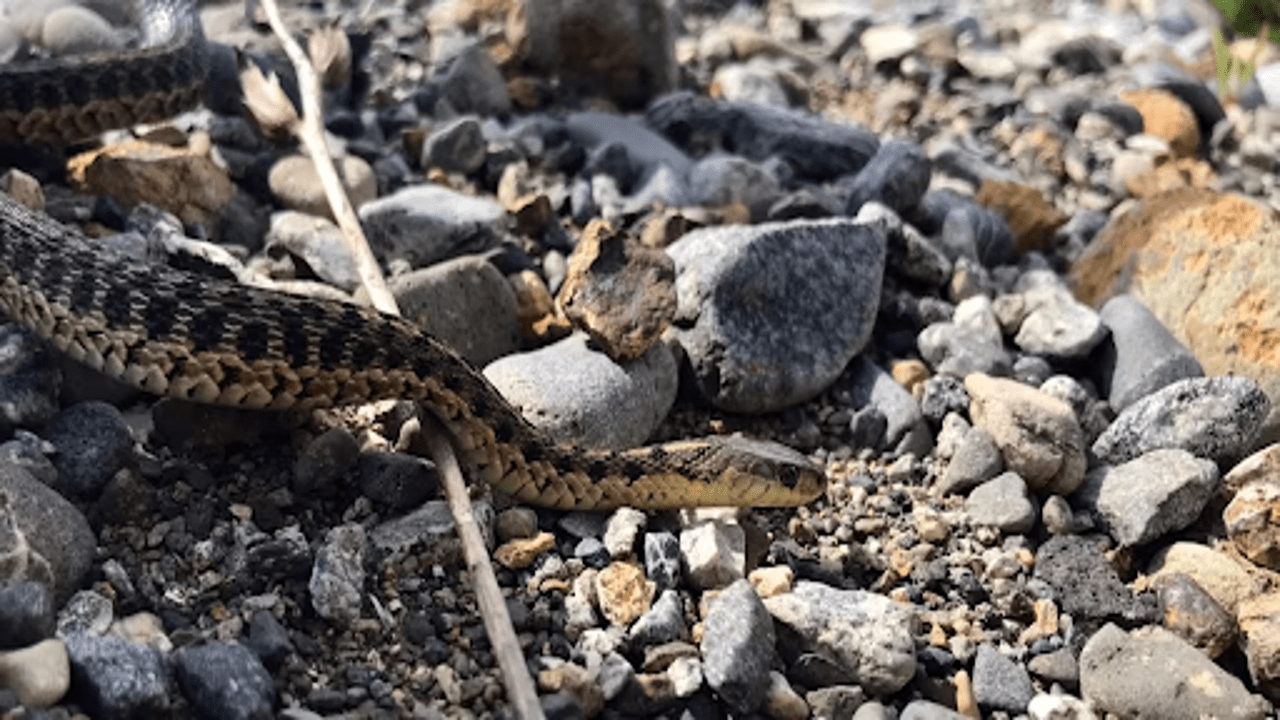
Julia Riley submitted a photograph of a garter snake discovered in Trout River.
In the tranquil landscapes of Newfoundland, where natural wonders abound, a startling revelation has emerged: snakes are not merely visitors, but residents, adapting and thriving in unexpected corners of the island.
Andrea Gigeroff, a dedicated researcher hailing from Mount Allison University, has immersed herself in unraveling this newfound phenomenon. Her journey into the world of Newfoundland's snakes began with skepticism but quickly evolved into a quest to debunk the prevailing myth of a snake-free island. Reports of sightings stretch back to 2010, scattered across locales from St. David's to Trout River and even near the bustling hub of St. John's.
Tony Pottle, an outdoorsman with a keen eye for nature's secrets, captured crucial video evidence near Robinsons River, solidifying the presence of these elusive reptiles. His footage serves as a poignant rebuttal to those who dismissed earlier claims as mere hearsay.
Yet, amidst the fascination and newfound awareness, one question persists: How did these serpentine inhabitants find their way to Newfoundland? Theories abound, with one compelling suggestion pointing to their inadvertent arrival hitchhiking in hay bales intended for livestock—a subtle but significant introduction that reshaped the island's ecological landscape.
Gigeroff's tireless efforts extend beyond mere observation; her research delves into the genetic makeup of these snakes, seeking clues to their origins and their potential impact on local ecosystems. Early findings hint at a diverse diet, with implications that these newcomers could be influencing the delicate balance of prey populations, particularly birds and rodents.
Far from being transient guests, Newfoundland's snakes have settled in with surprising resilience, demonstrating an ability not only to survive but also to reproduce in their new habitat. This resilience underscores their adaptability, offering a fascinating case study in ecological adaptation.
As Gigeroff's investigation unfolds, the mystery surrounding these non-native inhabitants deepens. Each discovery and observation adds a layer to our understanding of how these creatures integrate into their surroundings and what their presence means for Newfoundland's delicate ecosystem.
In conclusion, Newfoundland's revelation of its snake population challenges long-held beliefs and invites us to rethink our understanding of the island's natural history. It's a testament to the resilience of nature and the ever-evolving relationship between humans and the environment.















